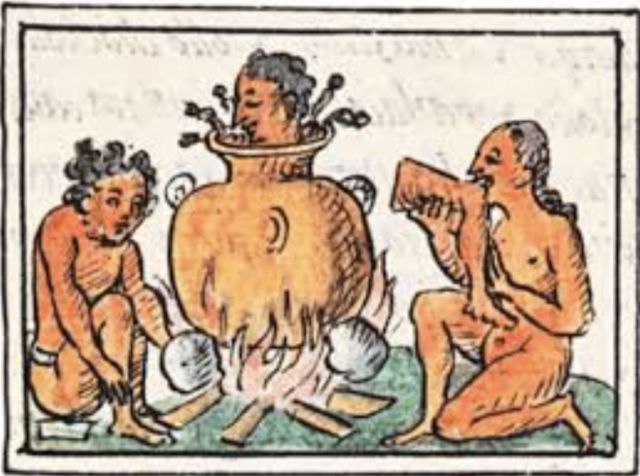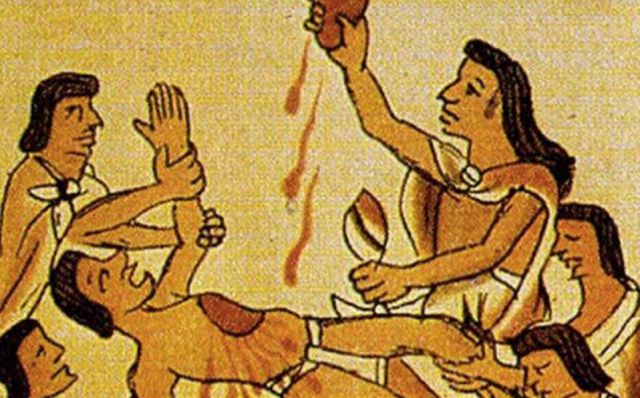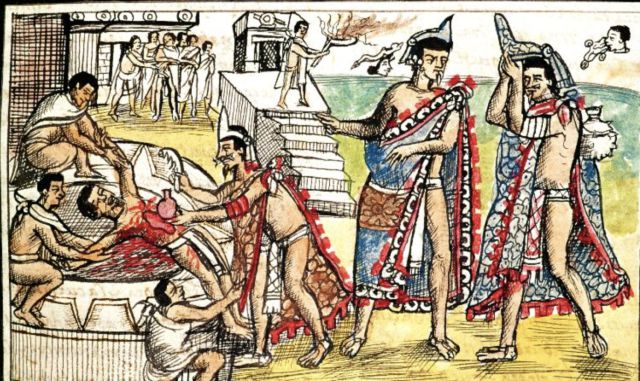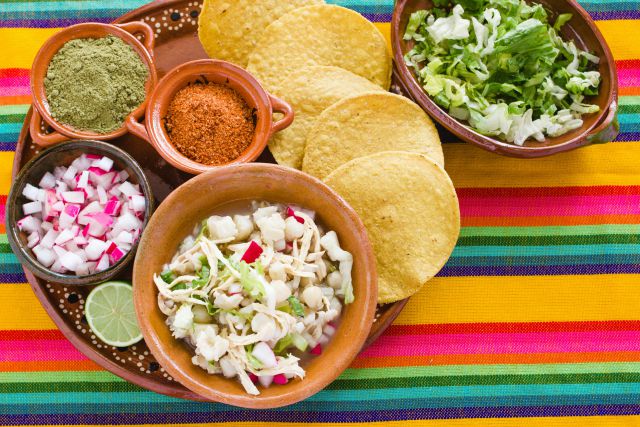MEXICO, (September 13, 2021).- September is the month of Independence in Mexico, and one of the most popular and typical dishes of Mexican cuisine during this month is the famous pozole .
Green, white and red, an extremely delicious dish of cacahuazintle corn grains, but have you ever wondered what its true origin of this traditional dish? .
Today in The Yucatan Times we share with you the pre-Hispanic origin of this dish, which, far from sounding delicious, It is a bit macabre.
The name “pozole” is of Nahuatl origin, and means ‘foam’ , due to its preparation: the corn kernels are precooked in a solution of water with calcium oxide for two hours, and when they boil they open like flowers, which gives them a foamy appearance. Once ready, chicken or shredded pork are added, and it is served with lettuce, onion, oregano, lemon, radish, chili, and corn chips.
Pozole Of Human Flesh
The responsibility for its creation was that of the Mexica culture, and it came up in a ritual context, as it was only consumed by Moctezuma, tlatoani of the Mexica, and the meat that accompanied it was from the prisoners sacrificed during the Nahua ceremonies in honor of the god known as Xipe Tótec.

According to the Historical Research Institute of the UNAM, the pozole was prepared by pre-Hispanic cultures in a very peculiar way: a warrior had to capture an enemy of the same rank on the battlefield.

Once he returned in triumph, his heart was gouged out, and the captive was skinned and dismembered for consumption. The right thigh always went to the Huey Tlatoani palace, to express gratitude and respect. The left thigh and both arms were the property of the warrior who had captured his enemy in battle.

At that time, “eating pozole” was part of a ritual that the warrior shared among his extended family, despite not having the exact information on when this “exclusive pozole” was placed on the table of the general population.
In the book Sabor que Somos relates that in the year 1530, after overthrowing the indigenous people, Nuño Beltrán de Guzmán , conqueror of New Galicia, was received with dances and Mexican pozole in Tonalá, Jalisco , by Itzoapilli Tzapontzintli , where Upon viewing the pot of pozole, it was discovered that it had completely identifiable human traces.

From that moment, during colonial times, the Spanish prohibited rituals to the Mexican gods and human meat was substituted for pork, which is similar in texture.

Without a doubt, the pozole contains a pre-Hispanic history that refers to the Mexican-Aztec warrior way of preparing it, and amid a wide variety of ingredients, we would never have imagined that this rich dish that many of us enjoy today, could have such a dark origin.
Source: Los 40
The Yucatan Times
Newsroom




